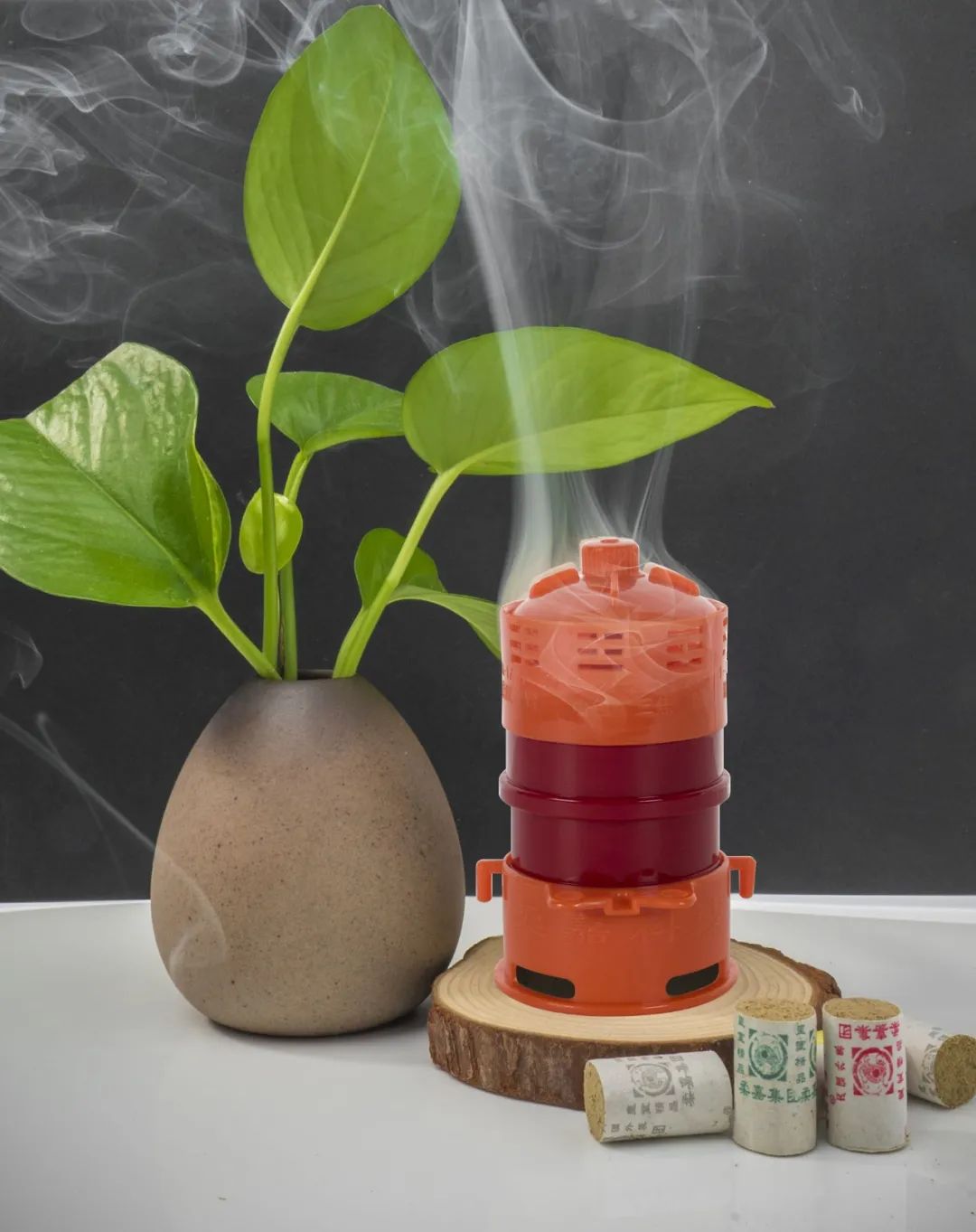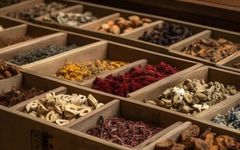Moxibustion is a method within Traditional Chinese Medicine (TCM) acupuncture therapy, also known as moxibustion therapy, and is collectively referred to as acupuncture. Moxibustion has been practiced since humans mastered the use of fire 1.7 million years ago, utilizing materials such as wood (pine, cypress, catalpa, locust, etc.), medicinal herbs, and mugwort (Ai Cao). Through historical validation and elimination, mugwort has been chosen as the primary material for moxibustion.
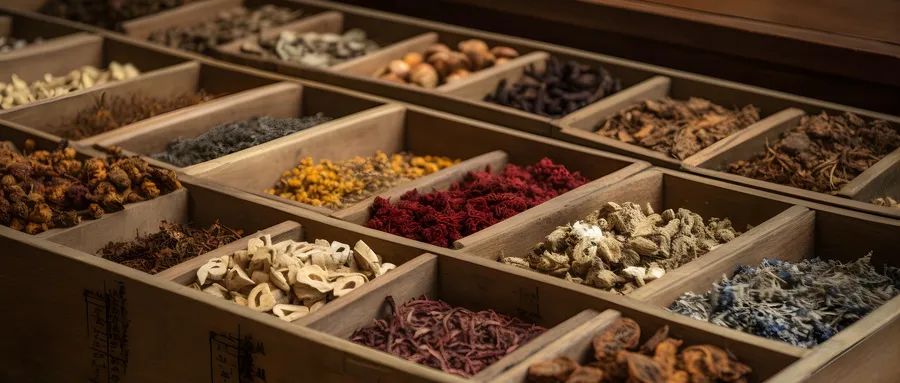
According to Li Shizhen’s “Compendium of Materia Medica”, moxibustion can “treat hundreds of diseases”. In the Ming Dynasty, Li Ting stated in “Introduction to Medicine” that “for all diseases, when medicine cannot reach, and acupuncture cannot penetrate, moxibustion must be used”. Wu Yiluo in “New Materia Medica” noted that “mugwort leaves are bitter and pungent, with a pure Yang nature, capable of reviving the declining Yang, penetrating the twelve meridians, traversing the three Yin, regulating Qi and blood, expelling cold and dampness, warming the uterus; using moxibustion can penetrate the meridians and treat hundreds of diseases”. Moxibustion can balance Yin and Yang, harmonize Qi and blood, support Yang, warm the meridians, promote Qi flow, and prevent diseases. The effectiveness of moxibustion therapy is attributed to the combination of moxa fire, moxa herbs, and moxa smoke, all of which are essential. Today, we will primarily discuss the issue of moxa smoke.
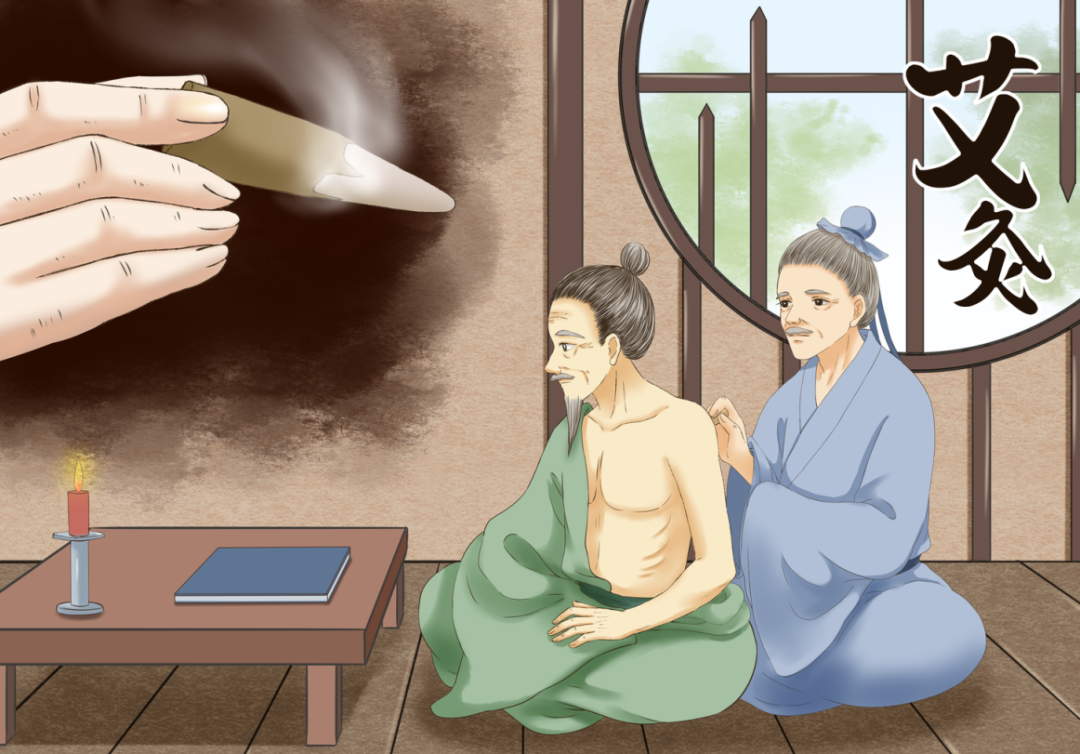
Firstly, during the moxibustion process for patients, a phenomenon is observed where the moxa wool, once ignited, produces smoke that tends to descend. Upon reaching the skin, there is a sensation of stagnation before it ascends. I believe this reflects the stability and permeability of mugwort, and I consider that moxa smoke plays a role as a carrier, transporting the moxa fire and herbs to the acupuncture points, entering the meridians, thus achieving the effects of penetrating the twelve meridians, traversing the three Yin, reaching the disease site, and treating hundreds of diseases.
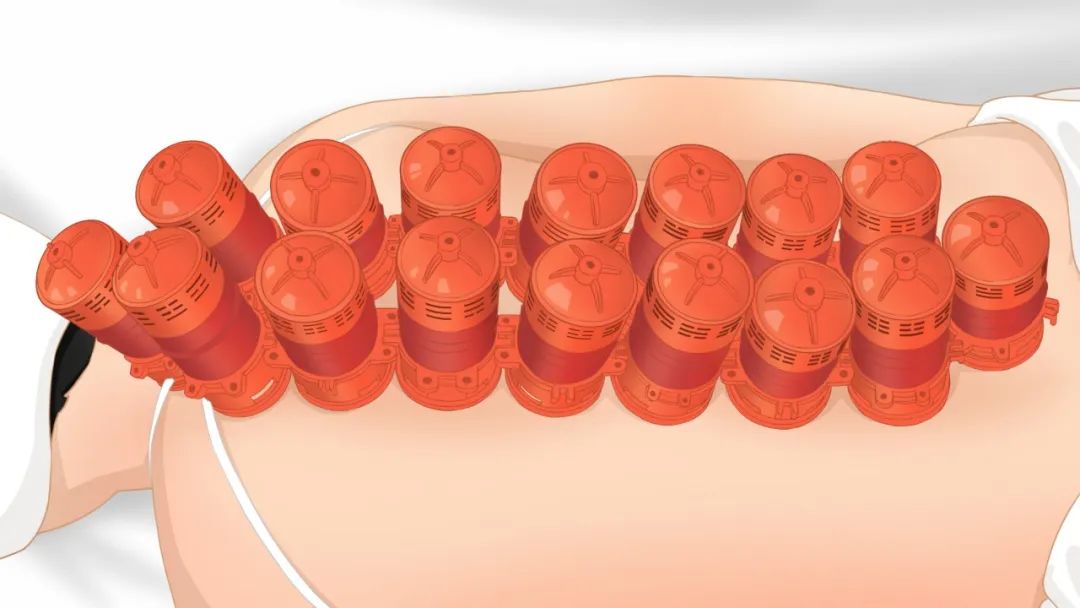
Secondly, moxa smoke contains trace elements, volatile oils, and medicinal properties needed by the human body. When inhaled, it enters the bloodstream through the respiratory system, quickly locating the disease site and achieving therapeutic effects.
Thirdly, moxa smoke has a regulatory effect on the sympathetic nervous system, providing calming and stress-relieving benefits, allowing patients to undergo moxibustion treatment in a calm state, thereby enhancing efficacy.
Fourthly, extensive pharmacological experiments have proven that moxa smoke possesses antibacterial, antifungal, antiviral properties, and can relieve cough and asthma. Moxibustion with mugwort smoke has been proven to be an effective preventive method.
Fifthly, moxa smoke also has certain side effects; the tar produced during the combustion of mugwort can have adverse effects on the human body, and the smell of moxa smoke is not liked by everyone. As the saying goes, “all medicine has some toxicity”; how to choose between safety and efficacy is a matter of trade-offs. It is important to remind everyone that “discussing toxicity without considering dosage is irresponsible”.
It is worth noting that there is currently a trend for smokeless moxibustion, which uses products obtained by carbonizing mugwort to meet the demand for “odorless”. We should refrain from making evaluations on this; we only remind everyone that such products cannot be called moxa wool moxibustion, at most they can be referred to as carbonized moxibustion, because the moxa wool is depleted during the carbonization process. Moxibustion is referred to as a motherly warmth because of the role of moxa wool; the heat generated during its combustion is warming and permeable, akin to the sun in winter. In contrast, the heat produced by carbon is like the scorching sun in summer, which can easily burn the body. Carbon is for warming, while moxa wool is for health and regulation; both have their roles, and the key lies in your choice.
In summary, moxa smoke is like the soul of moxibustion therapy, carrying the medicinal properties and warmth of moxa wool, traversing the meridians, penetrating the organs, and safeguarding your health.
